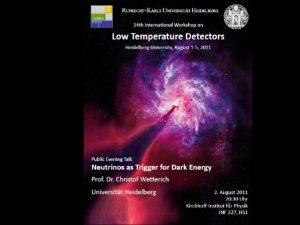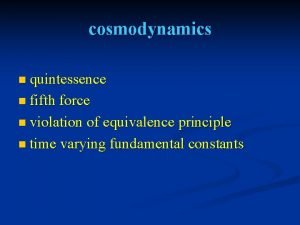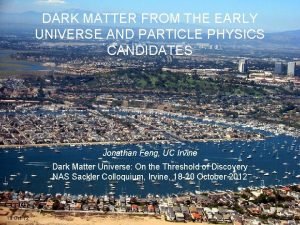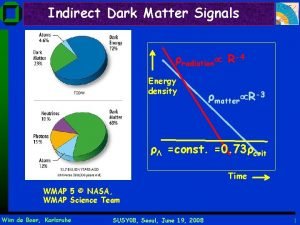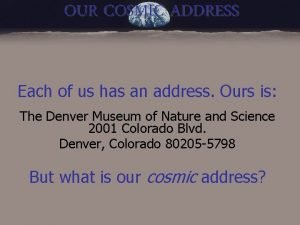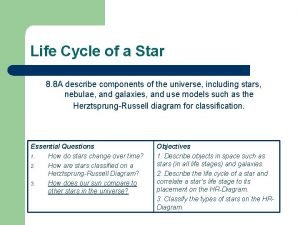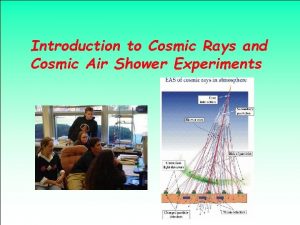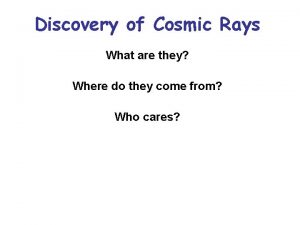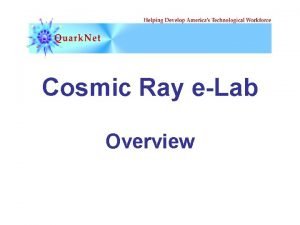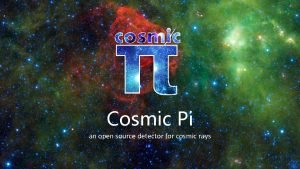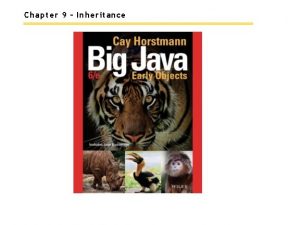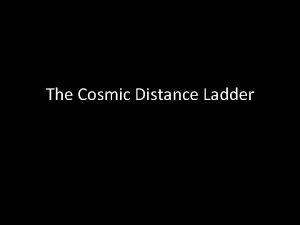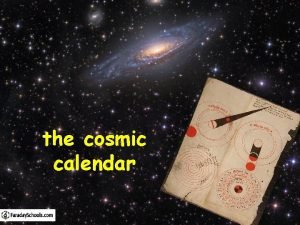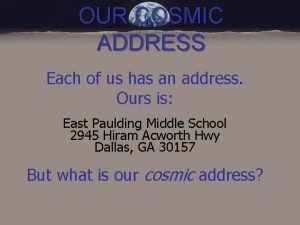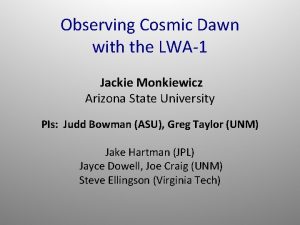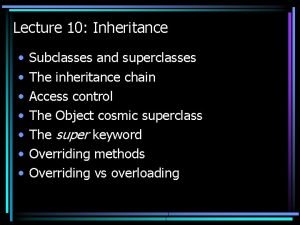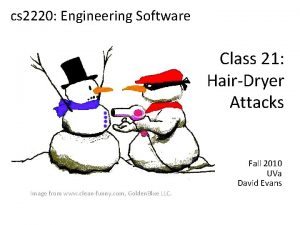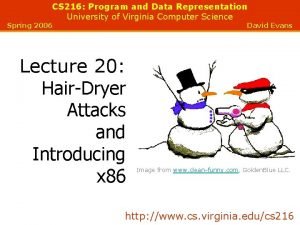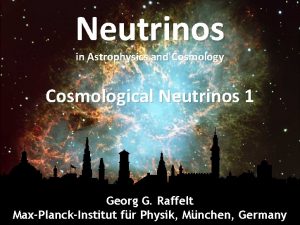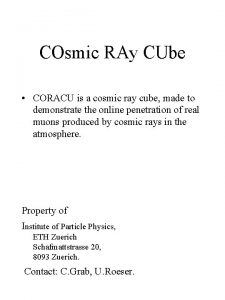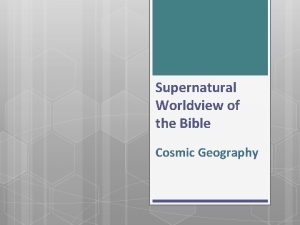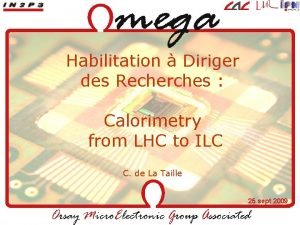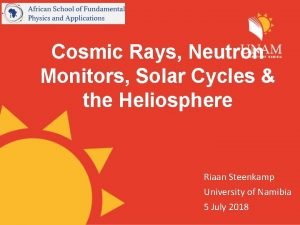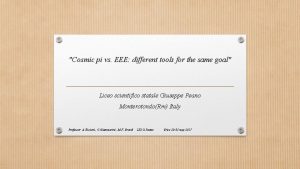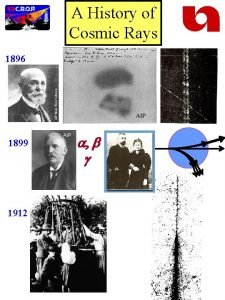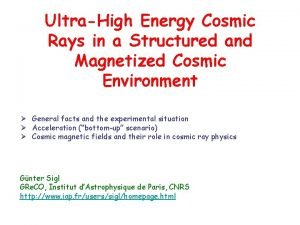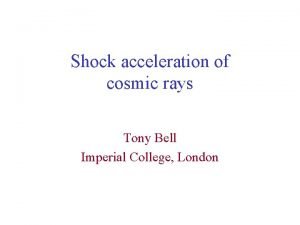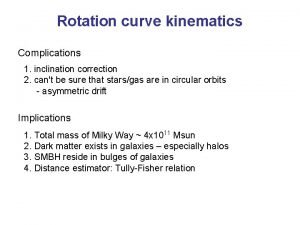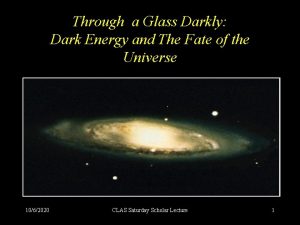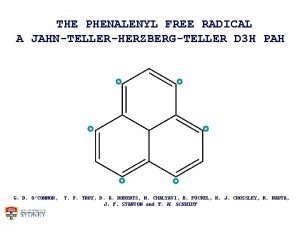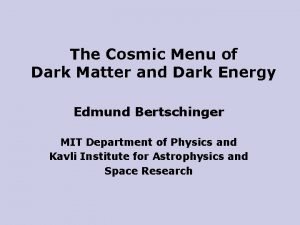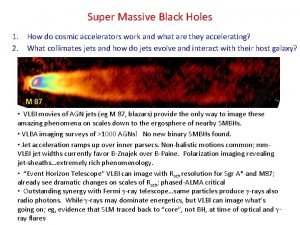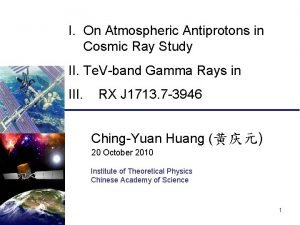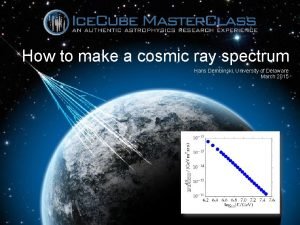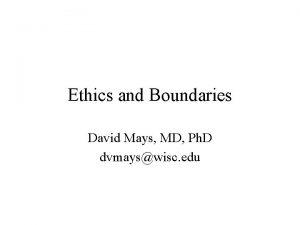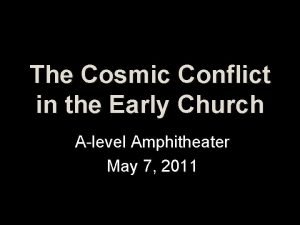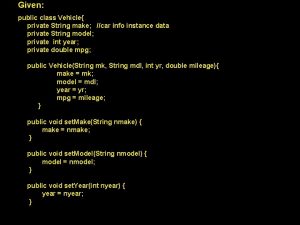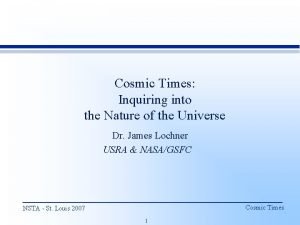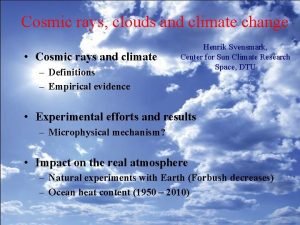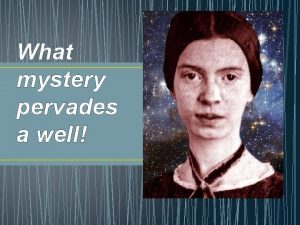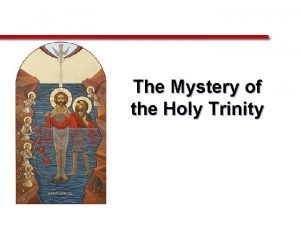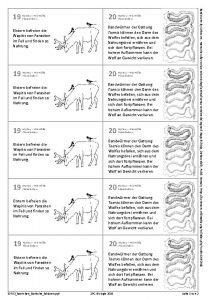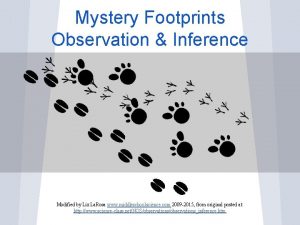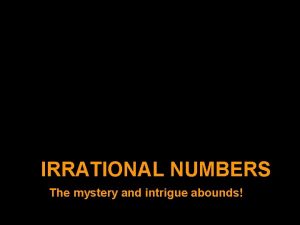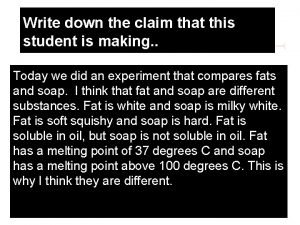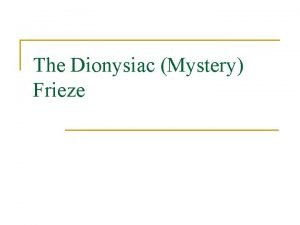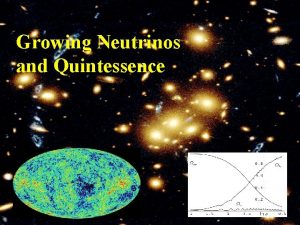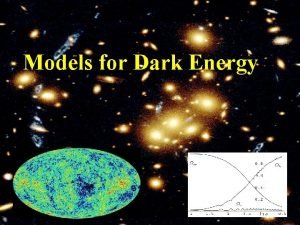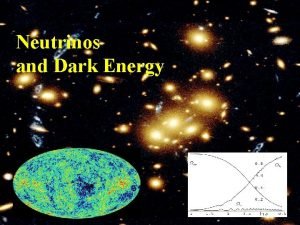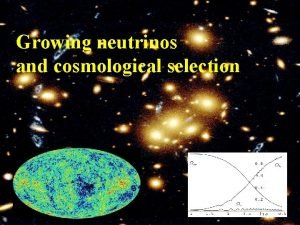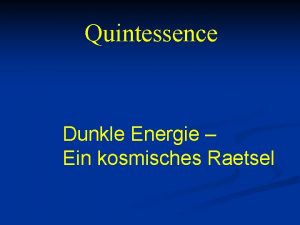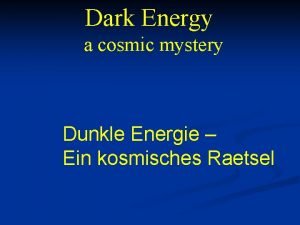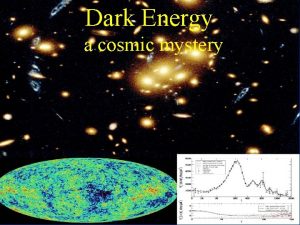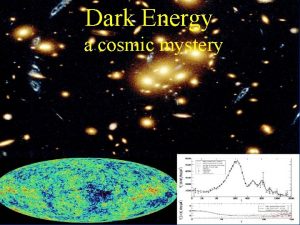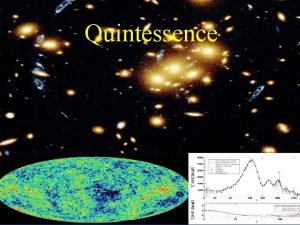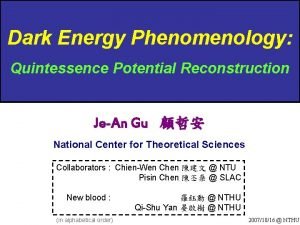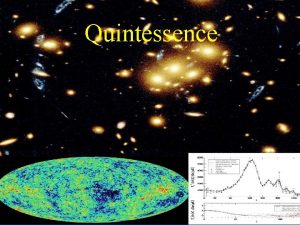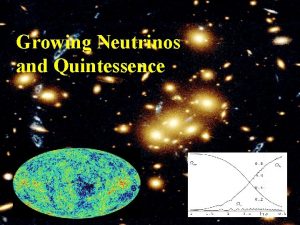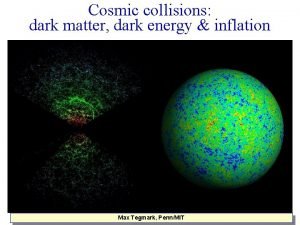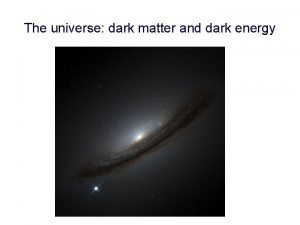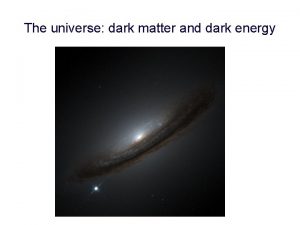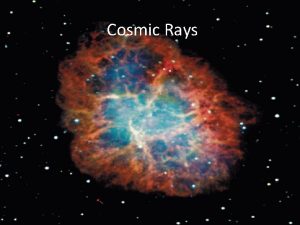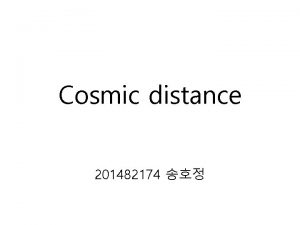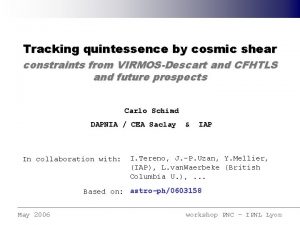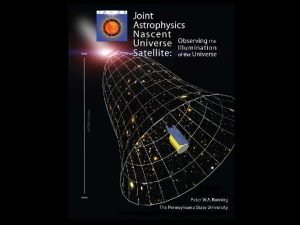Dark Energy a cosmic mystery Quintessence C Wetterich































































































- Slides: 95

Dark Energy – a cosmic mystery

Quintessence C. Wetterich A. Hebecker, M. Doran, M. Lilley, J. Schwindt, C. Müller, G. Schäfer, E. Thommes, R. Caldwell, M. Bartelmann, K. Kharwan, G. Robbers, T. Dent, S. Steffen, L. Amendola, M. Baldi

What is our universe made of ? quintessence ! fire , air, water, soil !

Dark Energy dominates the Universe Energy - density in the Universe = Matter + Dark Energy 25 % + 75 %

What is Dark Energy ?

Composition of the universe Ωb = 0. 045 Ωdm= 0. 225 Ωh = 0. 73

critical density n ρc =3 H² M² critical energy density of the universe ( M : reduced Planck-mass , H : Hubble parameter ) n Ωb=ρb/ρc fraction in baryons energy density in baryons over critical energy density

Baryons/Atoms Dust n Ωb=0. 045 n Only 5 percent of our Universe consist of known matter ! n SDSS ~60, 000 of >300, 000 Galaxies

Abell 2255 Cluster ~300 Mpc


Ωb=0. 045 from nucleosynthesis, cosmic background radiation

Matter : Everything that clumps Abell 2255 Cluster ~300 Mpc

Dark Matter Ωm = 0. 25 total “matter” n Most matter is dark ! n So far tested only through gravity n Every local mass concentration gravitational potential n Orbits and velocities of stars and galaxies measurement of gravitational potential and therefore of local matter distribution n

Ωm= 0. 25 gravitational lens , HST

Gravitationslinse, HST

Gravitationslinse, HST

Matter : Everything that clumps Ωm= 0. 25 Abell 2255 Cluster ~300 Mpc

spatially flat universe Ωtot = 1 n theory (inflationary universe ) Ωtot =1. 0000………. x n observation ( WMAP ) Ωtot =1. 02 (0. 02)

picture of the big bang


Mean values WMAP 2003 Ωtot =1. 02 Ωm =0. 27 Ωb =0. 045 Ωdm =0. 225

Ωtot=1

Ωtot=1

WMAP 2006 Polarization

Dark Energy Ωm + X = 1 Ωm : 25% Ωh : 75% Dark Energy h : homogenous , often ΩΛ instead of Ωh

Space between clumps is not empty : Dark Energy !

Dark Energy density is the same at every point of space “ homogeneous “ No force in absence of matter – “ In what direction should it draw ? “

Predictions for dark energy cosmologies The expansion of the Universe accelerates today !

Structure formation : One primordial fluctuation spectrum CMB agrees with Galaxy distribution Lyman – α and Waerbeke Gravitational Lensing !

Power spectrum Baryon - Peak galaxy – correlation – function M. Tegmark + … Structure formation : One primordial fluctuation- SDSS

baryon acoustic peak

consistent cosmological model !

Composition of the Universe Ωb = 0. 045 visible clumping Ωdm= 0. 2 invisible clumping Ωh = 0. 75 invisible homogeneous

Dark Energy – a cosmic mystery

What is Dark Energy ? Cosmological Constant or Quintessence ?

Cosmological Constant - Einstein n Constant λ compatible with all symmetries n No time variation in contribution to energy density n Why so small ? λ/M 4 = 10 -120 n Why important just today ?

Cosm. Const. | Quintessence static | dynamical

Cosmological mass scales n Energy density ρ ~ ( 2. 4× 10 -3 e. V )- 4 Reduced Planck mass M=2. 44× 10 27 e. V n Newton’s constant GN=(8πM²) n Only ratios of mass scales are observable ! homogeneous dark energy: ρh/M 4 = 6. 5 10ˉ¹²¹ matter: ρm/M 4= 3. 5 10ˉ¹²¹

Time evolution tˉ² matter dominated universe n ρm/M 4 ~ aˉ³ ~ n ρr/M 4 ~ aˉ4 ~ t -2 radiation dominated universe Huge age tˉ3/2 radiation dominated universe small ratio Same explanation for small dark energy?

Quintessence Dynamical dark energy , generated by scalar field (cosmon) C. Wetterich, Nucl. Phys. B 302(1988)668, 24. 9. 87 P. J. E. Peebles, B. Ratra, Ap. J. Lett. 325(1988)L 17, 20. 10. 87

Prediction : homogeneous dark energy influences recent cosmology - of same order as dark matter Original models do not fit the present observations …. modifications

Quintessence Cosmon – Field φ(x, y, z, t) similar to electric field , but no direction ( scalar field ) Homogeneous und isotropic Universe : φ(x, y, z, t)=φ(t) Potential und kinetic energy of the cosmon -field contribute to a dynamical energy density of the

Cosmon n Scalar field changes its value even in the present cosmological epoch n Potential und kinetic energy of cosmon contribute to the energy density of the Universe n Time - variable dark energy : ρh(t) decreases with time !

Evolution of cosmon field Field equations Potential V(φ) determines details of the model V(φ) =M 4 exp( - αφ/M ) for increasing φ the potential decreases towards zero !

Cosmon n Tiny mass n mc ~ H (depends on time ! ) n New long - range interaction

“Fundamental” Interactions Strong, electromagnetic, weak interactions On astronomical length scales: graviton + cosmon gravitation cosmodynamics

observation will decide !

Time dependence of dark energy cosmological constant : Ωh ~ t² ~ (1+z)-3 M. Doran, …

Cosmic Attractors Solutions independent of initial conditions typically V~t -2 φ ~ ln ( t ) Ωh ~ const. details depend on V(φ) or kinetic term early cosmology

exponential potential constant fraction in dark energy Ωh = can explain order of magnitude of dark energy ! 2 3/α

effects of early dark energy n modifies cosmological evolution (CMB) n slows down the growth of structure

observational bounds on Ωh G. Robbers , M. Doran , …

realistic quintessence fraction in dark energy has to increase in “recent time” !

Quintessence becomes important “today”

coincidence problem What is responsible for increase of Ωh for z < 6 ? Why now ?

growing neutrino mass triggers transition to almost static dark energy growing neutrino mass L. Amendola, M. Baldi, …

effective cosmological trigger for stop of cosmon evolution : neutrinos get non-relativistic n this happened recently ! n sets scales for dark energy !

cosmological selection n present value of dark energy density set by cosmological event : neutrinos become non – relativistic n not given by ground state properties !

connection between dark energy and neutrino properties present dark energy density is determined by neutrino mass ! present equation of state given by neutrino mass !

dark energy fraction determined by neutrino mass constant neutrino - cosmon coupling β variable neutrino - cosmon coupling

basic ingredient : cosmon coupling to neutrinos

crossover to dark energy dominated universe starts at time when “neutrino force” becomes important for the evolution of the cosmon field cosmological selection !

growing neutrinos change cosmon evolution modification of conservation equation for neutrinos

cosmon evolution

Hubble parameter as compared to ΛCDM

Hubble parameter ( z < zc ) only small difference from ΛCDM !

Can time evolution of neutrino mass be observed ? n Experimental determination of neutrino mass may turn out higher than upper bound in model for cosmological constant ( KATRIN, neutrinoless double beta decay )

Conclusions Cosmic event triggers qualitative change in evolution of cosmon n Cosmon stops changing after neutrinos become non-relativistic n Explains why now n Cosmological selection n Model can be distinguished from cosmological constant n

How to distinguish Q from Λ ? A) Measurement Ωh(z) H(z) i) Ωh(z) at the time of structure formation , CMB - emission or nucleosynthesis ii) equation of state wh(today) > -1 B) Time variation of fundamental “constants” C) Apparent violation of equivalence principle D) Possible coupling between Dark Energy and Dark Matter

Quintessence and time variation of fundamental constants Generic prediction Strong, electromagnetic, weak interactions Strength unknown C. Wetterich , Nucl. Phys. B 302, 645(1988 ) gravitation cosmodynamics

Time varying constants It is not difficult to obtain quintessence potentials from higher dimensional or string theories n Exponential form rather generic ( after Weyl scaling) n But most models show too strong time dependence of constants ! n

Are fundamental “constants” time dependent ? Fine structure constant α (electric charge) Ratio electron mass to proton mass Ratio nucleon mass to Planck mass

Quintessence and Time dependence of “fundamental constants” n Fine structure constant depends on value of cosmon field : α(φ) (similar in standard model: couplings depend on value of Higgs scalar field) n Time evolution of φ Time evolution of α Jordan, …

baryons : the matter of stars and humans Ωb = 0. 045

Abundancies of primordial light elements from nucleosynthesis A. Coc

primordial abundances for three GUT models He present observations : 1σ D Li T. Dent, S. Stern, …

three GUT models unification scale ~ Planck scale n 1) All particle physics scales ~ΛQCD n 2) Fermi scale and fermion masses ~ unification scale n 3) Fermi scale varies more rapidly than ΛQCD n Δα/α ≈ 4 10 -4 allowed for GUT 1 and 3 , larger for GUT 2 Δln(Mn/MP) ≈40 Δα/α ≈ 0. 015 allowed

Time variation of coupling constants must be tiny – would be of very high significance ! Possible signal for Quintessence

Cosmodynamics Cosmon mediates new long-range interaction Range : size of the Universe – horizon Strength : weaker than gravity photon electrodynamics graviton gravity cosmon cosmodynamics Small correction to Newton’s law

“Fifth Force” n Mediated by scalar field R. Peccei, J. Sola, C. Wetterich, Phys. Lett. B 195, 183(198 7) Coupling strength: weaker than gravity ( nonrenormalizable interactions ~ M-2 ) n Composition dependence violation of equivalence principle n Quintessence: connected to time variation of fundamental couplings n C. Wetterich , Nucl. Phys. B 302, 645(1988)

Violation of equivalence principle Different couplings of cosmon to proton and neutron Differential acceleration p, n earth “Violation of equivalence principle” only apparent : new “fifth force” ! cosmon p, n

Differential acceleration Two bodies with equal mass experience a different acceleration ! η = ( a 1 – a 2 ) / ( a 1 + a 2 ) bound : η < 3 10 -14

Cosmon coupling to atoms n n n Tiny !!! Substantially weaker than gravity. Non-universal couplings bounded by tests of equivalence principle. Universal coupling bounded by tests of Brans-Dicke parameter ω in solar system. Only very small influence on cosmology. ( All this assumes validity of linear approximation )

Apparent violation of equivalence principle and time variation of fundamental couplings measure both the

Differential acceleration η For unified theories ( GUT ) : η=Δa/2 a Q : time dependence of other parameters

Link between time variation of α and violation of equivalence principle typically : η = 10 -14 if time variation of α near Oklo upper bound to be tested ( MICROSCOPE , …)

Summary o Ωh = 0. 75 o Q/Λ : dynamical und static dark energy will be distinguishable o growing neutrino mass can explain why now problem o Q : time varying fundamental coupling “constants” violation of equivalence principle

? ? ? ? ? ? Are dark energy and dark matter related ? Can Quintessence be explained in a fundamental unified theory ?

Quintessence and solution of cosmological constant problem should be related !

End

Equation of state p=T-V ρ=T+V pressure energy density kinetic energy Equation of state Depends on specific evolution of the scalar field

Negative pressure n w<0 Ωh increases (with decreasing z ) late universe with small radiation component : n w < -1/3 expansion of the Universe is accelerating n w = -1 cosmological constant

Cosmon and fundamental mass scale Assume all mass parameters are proportional to scalar field χ (GUTs, superstrings, …) n Mp~ χ , mproton~ χ , ΛQCD~ χ , MW~ χ , … n χ may evolve with time : cosmon n mn/M : ( almost ) constant - observation ! n Only ratios of mass scales are observable

A few references C. Wetterich , Nucl. Phys. B 302, 668(1988) , received 24. 9. 1987 P. J. E. Peebles, B. Ratra , Astrophys. J. Lett. 325, L 17(1988) , received 20. 1987 B. Ratra, P. J. E. Peebles , Phys. Rev. D 37, 3406(1988) , received 16. 2. 1988 J. Frieman, C. T. Hill, A. Stebbins, I. Waga , Phys. Rev. Lett. 75, 2077(1995) P. Ferreira, M. Joyce , Phys. Rev. Lett. 79, 4740(1997) C. Wetterich , Astron. Astrophys. 301, 321(1995) P. Viana, A. Liddle , Phys. Rev. D 57, 674(1998) E. Copeland, A. Liddle, D. Wands , Phys. Rev. D 57, 4686(1998) R. Caldwell, R. Dave, P. Steinhardt , Phys. Rev. Lett. 80, 1582(1998) P. Steinhardt, L. Wang, I. Zlatev , Phys. Rev. Lett. 82, 896(1999)

oscillating neutrino mass
 Dark matter and dark energy ppt
Dark matter and dark energy ppt Fire quintessence
Fire quintessence Quintessence force
Quintessence force Quintessence
Quintessence Pater leonhard wetterich
Pater leonhard wetterich Leonhard wetterich
Leonhard wetterich In the dark dark town
In the dark dark town Energy energy transfer and general energy analysis
Energy energy transfer and general energy analysis Energy energy transfer and general energy analysis
Energy energy transfer and general energy analysis Cube of stabilized dark energy
Cube of stabilized dark energy Dma dark energy
Dma dark energy Cosmic conflict definition
Cosmic conflict definition Our cosmic address
Our cosmic address Life cycle of an average star
Life cycle of an average star George breaks a date with his girlfriend
George breaks a date with his girlfriend Structural irony example
Structural irony example What is irony
What is irony Cosmic ray showers
Cosmic ray showers Cosmic irony
Cosmic irony Cosmic rays discoverer
Cosmic rays discoverer Cosmic ray elab
Cosmic ray elab Cosmicpi
Cosmicpi Cosmic link östergötland
Cosmic link östergötland What is cosmic education
What is cosmic education Cosmic superclass in java
Cosmic superclass in java 7 rungs of the cosmic distance ladder
7 rungs of the cosmic distance ladder Cosmic calendar activity
Cosmic calendar activity Our cosmic address is
Our cosmic address is Jackie smith cosmic
Jackie smith cosmic Cosmic superclass in java
Cosmic superclass in java Cosmic bit flip
Cosmic bit flip Cosmic bit flip
Cosmic bit flip Cosmic microwave background discovery
Cosmic microwave background discovery Coracu
Coracu Cele mai mari aglomerari de stele se numesc
Cele mai mari aglomerari de stele se numesc Deuteronomy 32 worldview
Deuteronomy 32 worldview Bit flip cosmic ray
Bit flip cosmic ray Cosmic rays
Cosmic rays Cosmic pi
Cosmic pi Cosmic ray
Cosmic ray Cosmic rays
Cosmic rays Cosmic distance ladder
Cosmic distance ladder Cosmic ray spectrum
Cosmic ray spectrum Cosmic distance ladder
Cosmic distance ladder Brunswick zone cosmic bowling hours
Brunswick zone cosmic bowling hours Cosmic voyage morgan freeman
Cosmic voyage morgan freeman Dharma definition buddhism
Dharma definition buddhism Cosmic background radiation
Cosmic background radiation Discovered cosmic microwave background
Discovered cosmic microwave background Cosmic nature
Cosmic nature Cosmic menu
Cosmic menu Cosmic super accelerators
Cosmic super accelerators Cosmic ray
Cosmic ray Cosmic ray
Cosmic ray Cosmic force
Cosmic force Cosmic village
Cosmic village Cosmic conflict definition
Cosmic conflict definition Java private string
Java private string Cosmic times newsletter
Cosmic times newsletter Svensmark
Svensmark What mystery pervades a well analysis
What mystery pervades a well analysis Johannes kepler
Johannes kepler Mystery of the holy trinity
Mystery of the holy trinity Mark pullen
Mark pullen Paschal mystery prayer
Paschal mystery prayer Opening prayer for class
Opening prayer for class Mystery shopping questionnaire for banks
Mystery shopping questionnaire for banks Glorious mystery
Glorious mystery Mystery wie wölfe flüsse ändern
Mystery wie wölfe flüsse ändern Mystery story elements
Mystery story elements What is mystery
What is mystery Characteristics of miracle plays
Characteristics of miracle plays Footprints observation inference
Footprints observation inference Elements of a mystery
Elements of a mystery Murder mystery reading comprehension
Murder mystery reading comprehension Classifying real numbers mystery pattern
Classifying real numbers mystery pattern Harry potter escape room diy
Harry potter escape room diy Hard boiled mystery definition
Hard boiled mystery definition Pope francis quotes on mission
Pope francis quotes on mission Bermuda triangle – a mystery ppt
Bermuda triangle – a mystery ppt Cryptography murder mystery
Cryptography murder mystery Paschal mystery
Paschal mystery Gathered here in the mystery of the hour
Gathered here in the mystery of the hour Mystery pictures to solve
Mystery pictures to solve Without controversy great is the mystery of godliness
Without controversy great is the mystery of godliness And then there were none mystery elements
And then there were none mystery elements Kantar mystery shopping
Kantar mystery shopping A mystery of heroism by stephen crane
A mystery of heroism by stephen crane Predent perfect
Predent perfect Zpg biologie 2018
Zpg biologie 2018 Mr xavier mystery claim, evidence reasoning answers
Mr xavier mystery claim, evidence reasoning answers Rosary the joyful mystery
Rosary the joyful mystery Without controversy great is the mystery of godliness
Without controversy great is the mystery of godliness Four text types
Four text types Dionysiac mystery frieze
Dionysiac mystery frieze Acid restoration vin
Acid restoration vin

